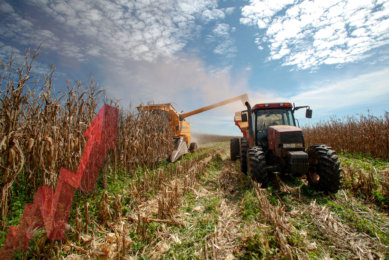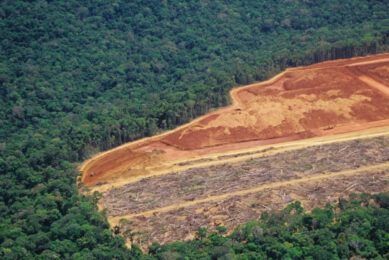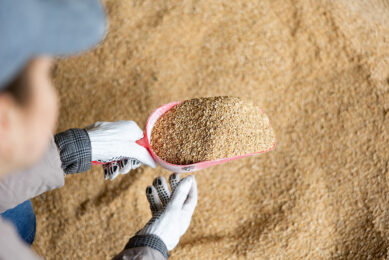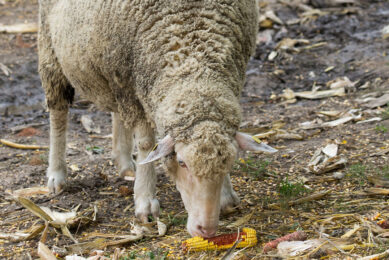On farm nutritional information can aid dairy farmers
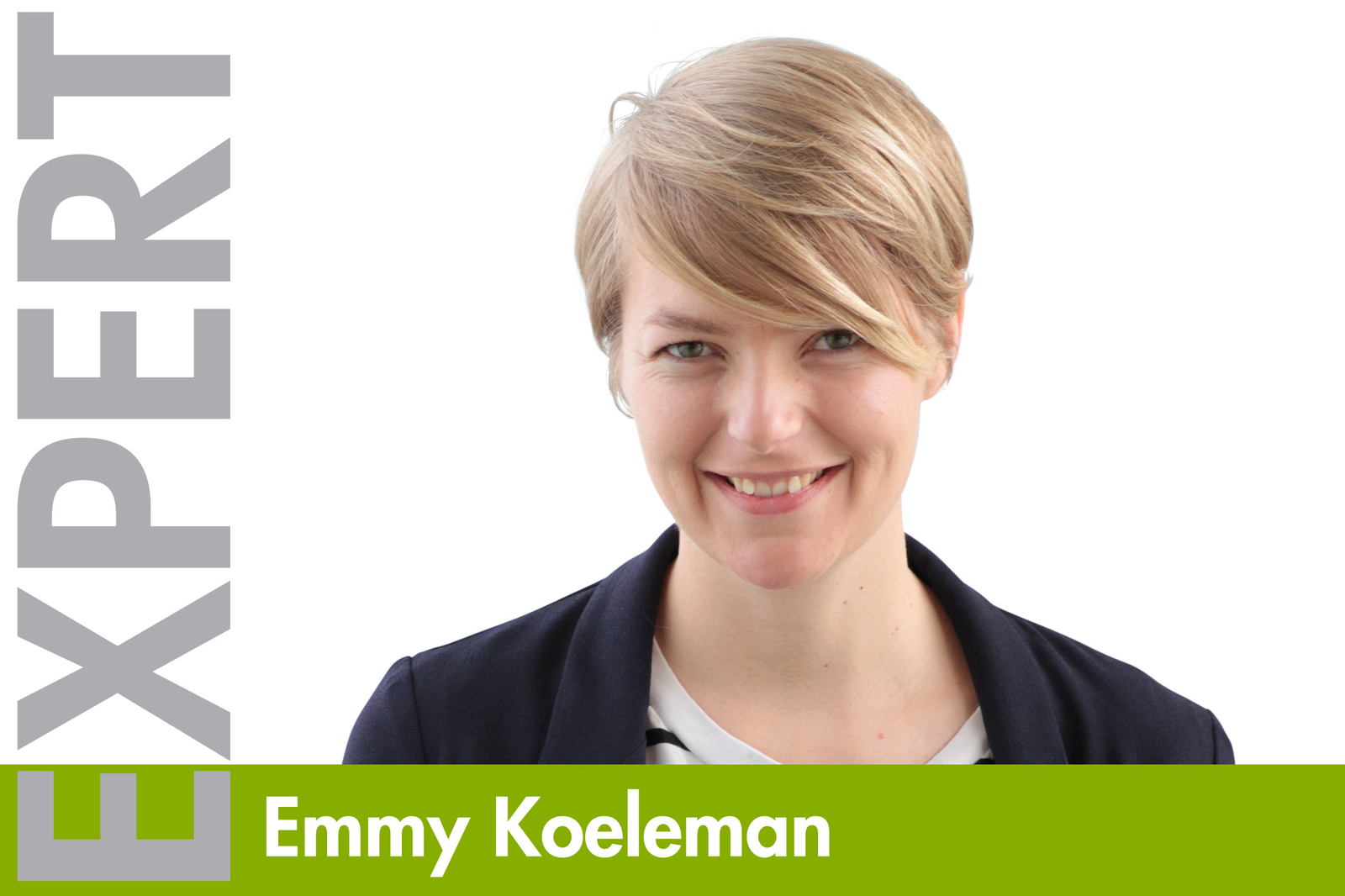
Feed analysis, in other words: it is crucial to know what is in your raw material to be able to optimise animal diets. Weather influences, type of soil and management and storage practises obviously have an effect on the nutrient content and quality of the raw materials.
Quality awareness
I came across a Dutch news item about Limagrain, an international agricultural co-operative groups, specialised in field seeds, vegetable seeds and cereal products. They have made a mobile NIR device that can analyse the nutrient value of corn and grass, right on the spot. The information gathered at this point in time can be very valuable for dairy farmers as they will know straight away the quality and nutrient content of the fresh or silaged product. It can be part of increasing the quality awareness among roughage.
Better than visual estimation
Efficient use of the roughage produced on a dairy farm becomes even more prudent, as land becomes limited but farmers still want to produce more with the same amount of cattle and raw material production on site. The kilogrammes of milk produced per hectare of land will therefore be a measurement of growth for future dairy farmers. And efficient feeding of the cows can only be done through giving them high nutritious and high quality roughage. A visual judgement of a corn cob, done by the farmer can give a rough estimation of the dry matter content. But obviously this is less precise than an automated analysis.
Using NIR technology
The device works with Near Infrared Spectography (NIR). NIR allows for rapid determination of multiple nutrients and characteristics of a feed or forage. It is a fast, cost effective process available for evaluation of most forage types. It is a well-known technique, but what is new is that it can now be used right in the field. This way, farmers can have a direct result. The device measures the sample in eight seconds and gives results of the dry matter content, nutrient value and digestibility coefficients. All these data then determine the total quality assessment.
The analysis – in the case of maize- starts with the shredding of five maize plants. The result will be deposited in a bucket, then a sample will be analysed. Limagrain has already been using these high tech analysing techniques on demo fields. But this year it becomes available for farmers – opening up a new way of feed analysis, right on the farm. Quality awareness, right from the start.




